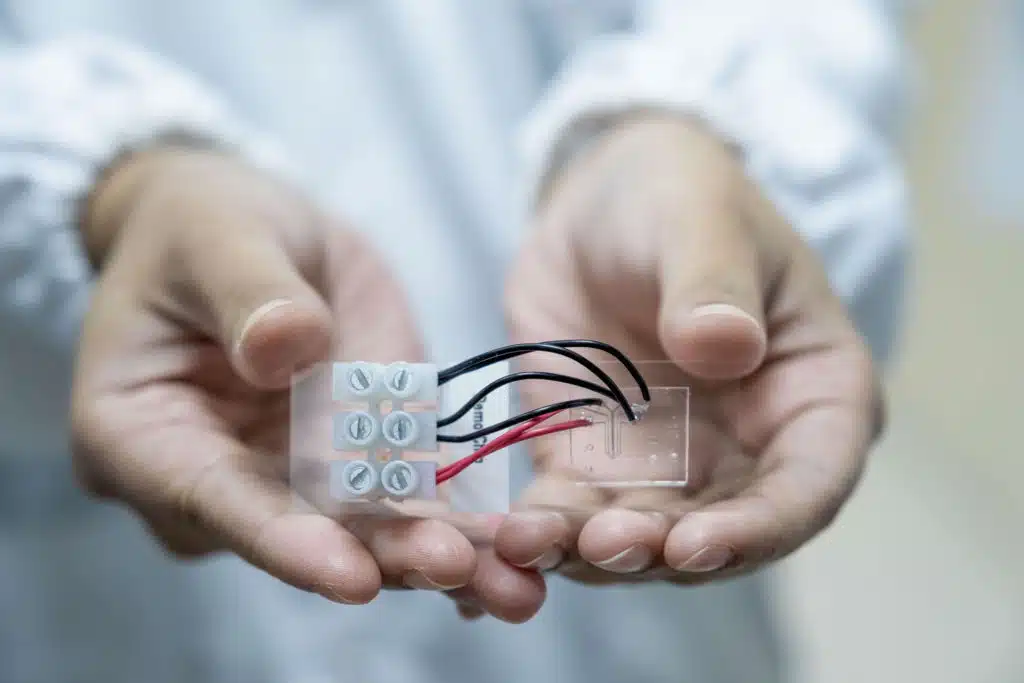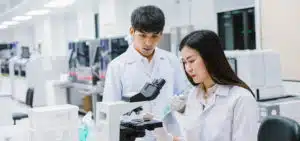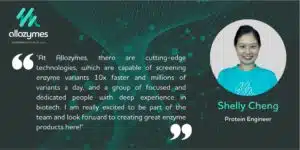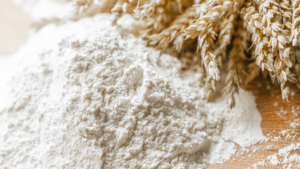An article written by Ours, Scientifica
Abstract
Using tiny droplets to compose an orchestra, senior scientist Patrick Tan takes a creative approach to showcase precision control in micro-droplet generation.
Article
A miniature symphony composed of microscopic water droplets. This performance was put together by Patrick Tan Say Hwa, a senior scientist here at Allozymes. By using an electric field, precise control of the droplets was achieved, forming the basis of this demonstration.
Microfluidics: A Beginner’s Guide
Deft manipulation of extremely tiny amounts of liquids falls under the discipline of microfluidics. At this scale, different forces dominate the motions of the liquid, unlocking an entirely new domain for experimental techniques. An active area of research, advances in this field pushes the boundaries of shrinking technologies, such as tiny laboratories on a chip.
A key sub-branch under this discipline, droplet-based microfluidics utilises the immiscible boundary between oil and water as a control system. By careful control of this boundary, droplets of various sizes can be created consistently. Here in Allozymes, this key feature is integral to our enzyme engineering line, by ensuring all samples are created evenly.
A New Approach, and a Wild Idea
A long-time researcher in the field, Patrick had developed various active mechanisms for droplet manipulation, including thermal, acoustics, pneumatic and magnetic controls. However, something was always lacking. “In thermal control, you can rapidly heat up the fluid, but decreasing its temperature is a slow process,” Patrick reminisces. “Whereas magnet-based methods demand that the fluid itself be magnetic”.
During his PhD, Patrick came upon the versatility of using electric fields for droplet control. “You don’t need a magnetic fluid, and it’s fast and reliable,” he notes. In discussions with a postdoctoral fellow, a fun idea floated up. To showcase the superiority of this approach, they suggested using the rate of production of
droplets to define the melody of songs. The faster the droplet production, the higher the frequency (or pitch) of the note produced by the set-up.
Music served as an excellent testbed to demonstrate precise control. In droplet microfluidics, the consistency of the sizes of the droplets, or monodispersion, is a key performance metric. Coincidentally, the sizes of the droplets are directly related to the rate of droplet formation, allowing for a direct comparison to this indicator. Small droplets are produced at a higher rate, producing a note of high pitch, and vice-versa. By demanding that the set-up be used for playing music, the system has to be able to play a note consistently, and rapidly switch between notes on demand. This translates to accurate droplet size production, and the ability to quickly and precisely change droplet sizes.
Steps on a Long Road
With this idea in mind, Patrick set out to actualise the system. The process was long and gruelling, with many setbacks and challenges.
On the practical side, novel innovations had to be made. To translate the droplet production rate to actual musical notes, accurate measurements of the droplets must be done. Struck by insight, Patrick turned to using a narrow laser and fluorescent dyes. Injected into the water, the dyes glowed under the laser, allowing for accurate tracking of the droplets. At that time, this unique approach was unheard of.
Another challenge was implementing the electric control. At the mixing junction between the oil and the water, where the droplets form, a voltage difference was applied. Patrick found that by varying this voltage, the boundary layer responded in predictable ways. This allowed for precise control over the sizes of the droplets, the fulcrum of the microfluidic jukebox. Along the way, Patrick faced heavy pushback for his ideas. “There were those who found the concept interesting. But some said, Ah, this is not useful.” In a sea of uncertainty, he nearly gave up several times. Thankfully, his supervisor was highly supportive and encouraging. In 2013, the research project was published, and Patrick received the Tan Kah Kee Young Innovator Award for his efforts.
Music to our ears!
Although some might scoff at the idea of using a precision electric control technique for music, the approach remains highly relevant even today. Identifying droplets of different sizes by sight is challenging. On the other hand, the human ear is capable of processing a wide range of notes, and can clearly distinguish between very similar tones. By using auditory feedback for the production process, workers can receive real-time notice of any deviations in the production rate, with higher precision than from visual cues alone.
At the beginning, Patrick was unable to distinguish between the different notes. Fortunately, the post-doctorate working alongside him was a trained musician. “At times during the experiment, she’ll say Oh! This is the wrong octave. Something is wrong.” he chuckles. It wasn’t long before he too was able to pick up on the subtle differences between the notes played by the system.
As the ultimate proof-of-concept, the team decided on playing the song, ‘Flight of the Bumblebee’. Inspired by the buzzing of the bee, the song is well-known for spanning a large range of notes and for its fast beats. “Every note is changed in the order of milliseconds,” Patrick grins.
Now, What’s next?
After this project, Patrick spent several years in academia, away from the techniques that he innovated. Serving as a tenured academic in Griffiths University, he felt that it was time for a fresh start. At this juncture, Allozymes reached out to him, and he was impressed at their use of microfluidic techniques. “One of the main reasons why I joined this company is because I believe in the technology that Allozymes is using,” he recalled.
Here in Allozymes, microfluidic control is the driving heart of our work. The electric actuation techniques developed by Patrick are used for preparation of the test enzymes under investigation. Precise control of the droplets allows us to ensure that the individual cells are each isolated in their own droplet environment. The enzymatic activity of the cells are then identified by the same laser detection system implemented in his Microfluidic Jukebox. Droplets with higher enzyme activities can then be sorted and isolated for further processing.
As a specialist in microfluidic control, Patrick returns to the research scene to get his hands dirty once more. The impeccable manipulation approach he invented nearly a decade prior is showing its true potential in the enzyme engineering landscape. “I believe this company will be one of the most successful set-ups in Singapore itself,” Patrick laughs, confident in the Allozymes’ prospects.
Lee Kai Xiang | Nov 24, 2022
Ode to Joy, Microfluidics Jukebox




